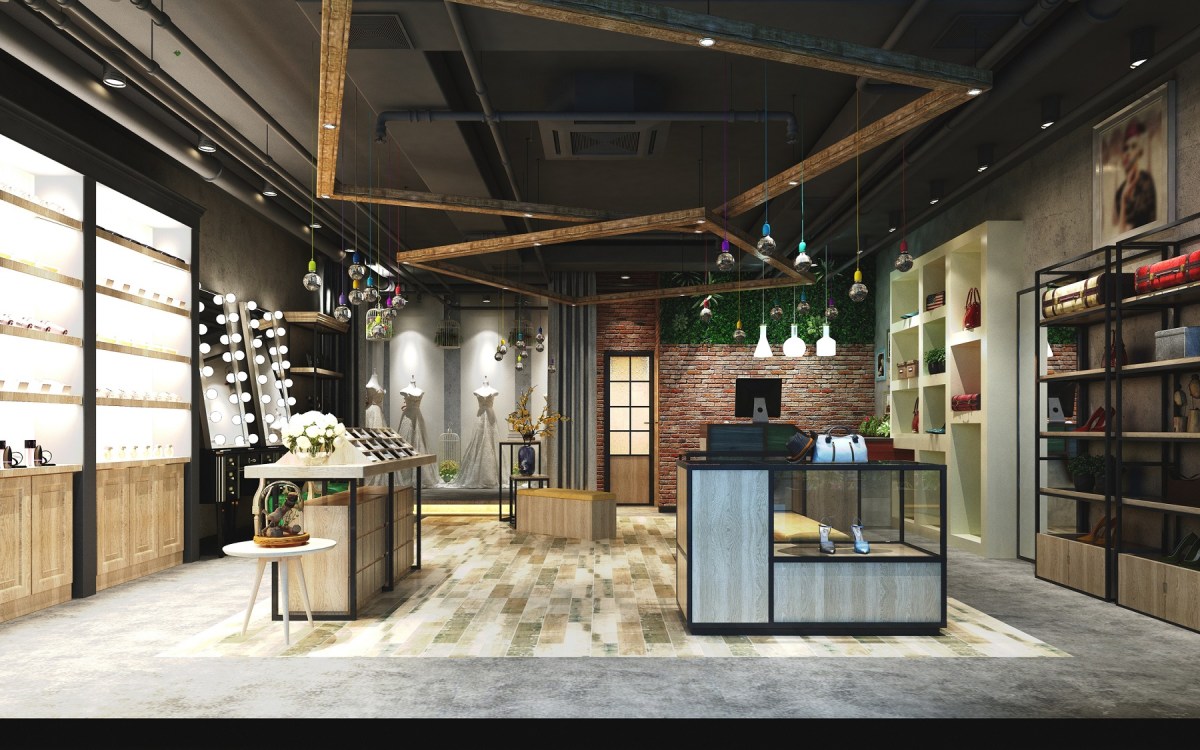Construction and de-fit is in the financial and environmental interest of all stakeholders. This interest is hindered by a lack of awareness of what circularity means, how it can be applied to the built environment and why it is an economic consideration, not just an ‘eco’ one.
Reducing waste throughout all stages of the interior design, fit out and de-fit cycle is slowly becoming viewed as an opportunity, by retailers and landlords; whether it’s because they’re adding up the mounting costs of fit out, of waste to landfill or because they are seeing the value of adaptive re-use and ‘waste’ as resource. But more education and collaboration across the industry is required if we’re to reap the full benefits of taking a circular economy approach.
What is a circular economy in the fit out context?
Taking a circular economy approach means shifting away from the linear process of taking raw materials out of the ground, selling these and manufacturing them into materials and goods for use, then incinerating or sending to landfill at end of life (at worst) or recycled (at best).
Instead, circularity invites us to question and re-design every stage of this process to ensure that it is a closed loop that begins with reduction. This doesn’t mean a return to minimalist interiors but rather calls us to re-consider standard retail lease clauses that require full de-fit, back to shell, of perfectly good stainless steel commercial kitchen fixtures, plasterboard walls and ceilings, and standard retail fixtures.
Circularity calls us to consider the opportunities for reducing the cost of fit out (and waste/carbon produced from de-fit) provided by the creative design challenge of elevating adaptive re-use to a high art. It suggests that retailers ask their designers and shopfitters if there a ways to cost and waste engineer their fit out, by designing with conscious intent to obtain better yield out of standard material board sizes… will it matter if that counter is 50mm shorter if it saves us the waste of another 99% of a sheet of material or half a pallet of tile offcuts?
By spending less on replacing perfectly good joinery carcases no one sees, with the exact same again at re-fit time, a retailer can put more of their budget towards staying in business and into the creative finishes that do make a store stand out.
My firm’s experience is that some of our most lauded fitout designs have been the ones where we creatively breathed new life into found objects and materials that we and our clients saved from landfill, at zero cost. We’ve had retail landlord design teams rave about fitout designs where we finished the walls predominantly in custom street art and quirky moveable decorations, instead of high-waste claddings that can’t be disassembled for later re-use. Taking a circular approach is an invitation to re-examine and re-design our thinking and ‘business as usual’ processes on all accounts.
What happens come ‘end of life’ strip out?
Someone will always be saddled with the cost of removing the fitout. Whether that be the landlord (in the case of a lock out) or the retailer at end of lease term – someone will be paying for demolition and waste to landfill fees. It makes financial sense to divert from strip out and landfill wherever we can.
Taking a circular approach invites us to take responsibility for the end-of-life outcomes, from up front during design. We can design for disassembly and select those materials suppliers that are instituting take-back and recycling programs for their products. We can ensure the retailer and landlord know to notify the supplier when take-back falls due.
Government is incentivising the adoption of product stewardship programs that will push more furniture, fixture and materials suppliers in this direction of end-to-end responsibility, and we, as designers, retailers and landlords can consciously support this push.
Opportunities for the sale and donation of goods from strip out are growing as we see more ‘waste as resource’ social enterprises evolve and the ever-expanding work of the likes of Housing All Australian and Habitat for Humanity repurposing commercial furnishings into affordable social housing.
If we plan our strip outs properly, far enough in advance, and care a little more than ‘demo and dump’ we can change our thinking from ‘waste’ to ‘asset’ for sale, re-deployment, re-use and recycling as more and more of these opportunities become available. And they are coming. Circularity is the way of the future.
Vanessa Cullen is CEO and founder of Forward Thinking Design.

